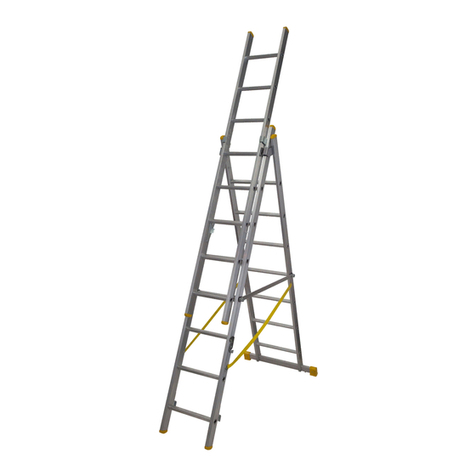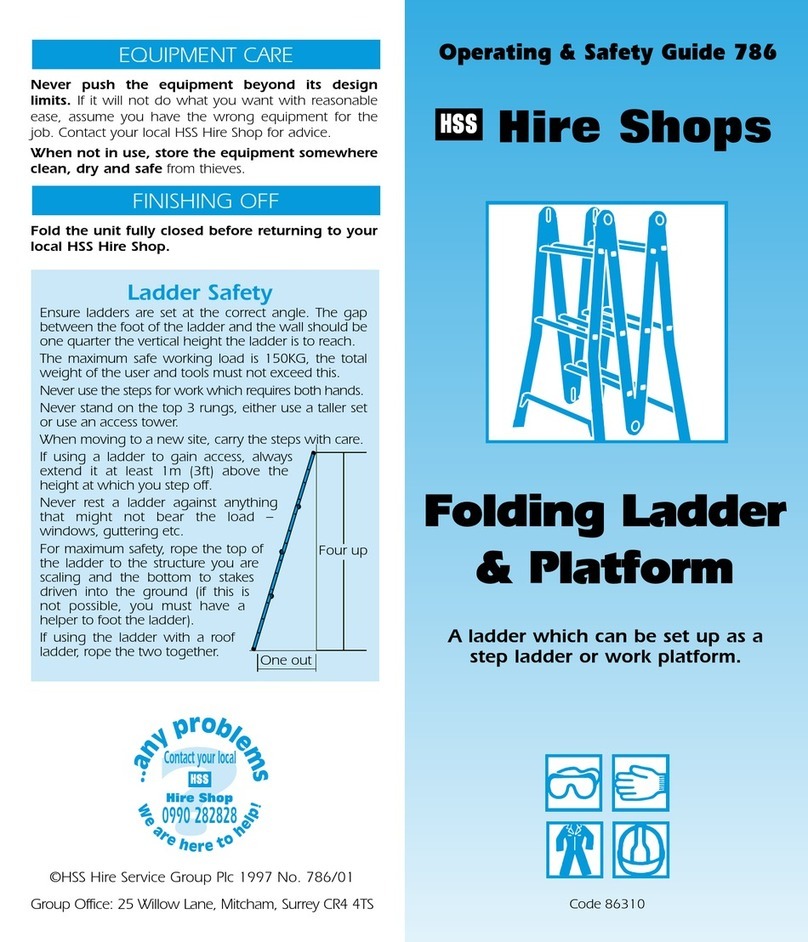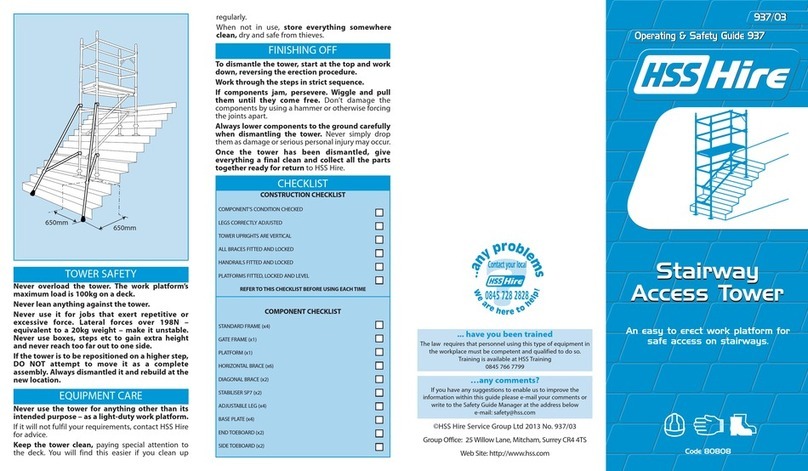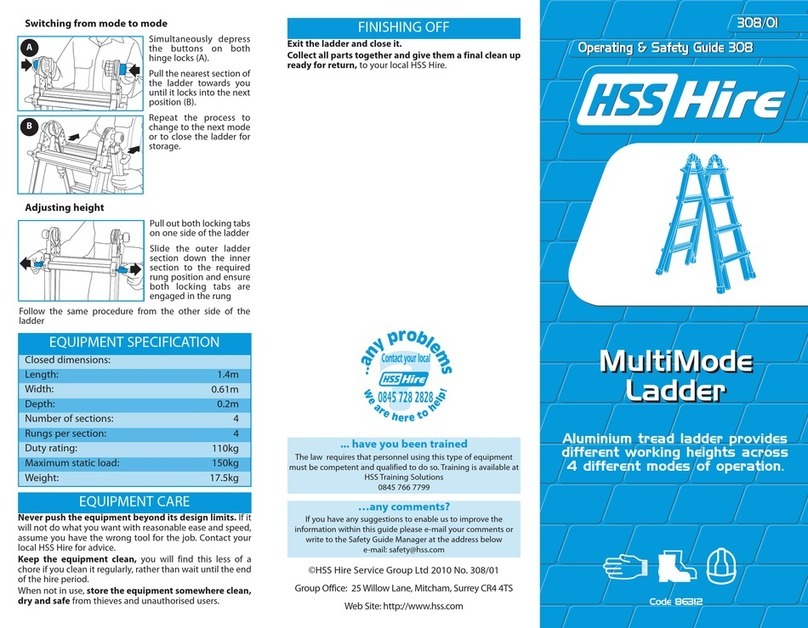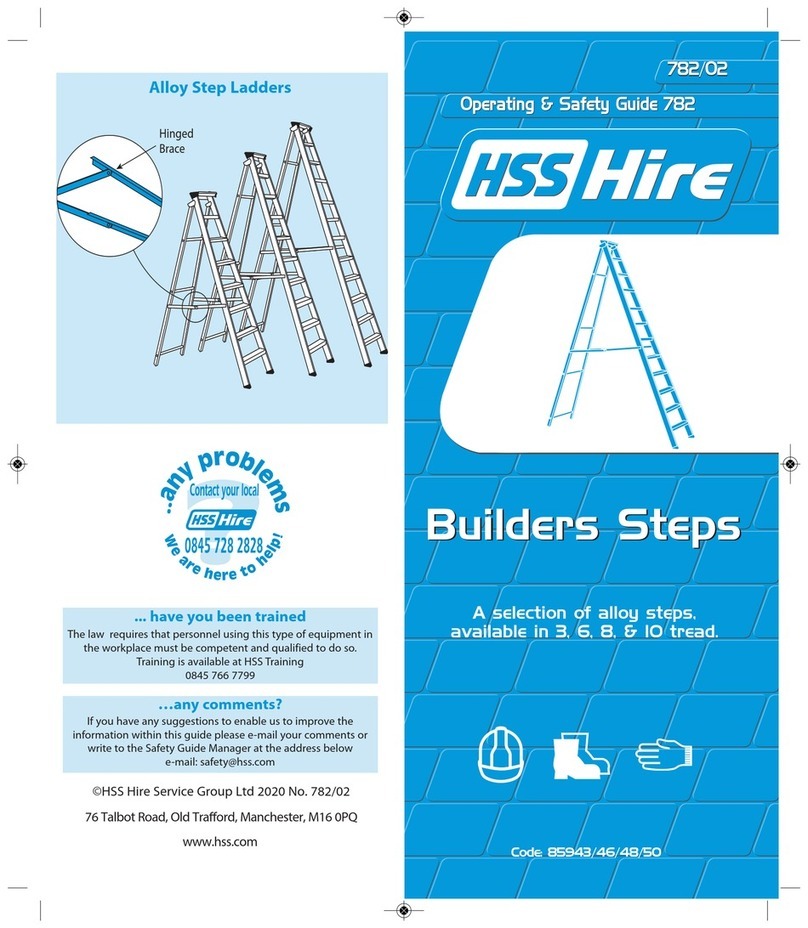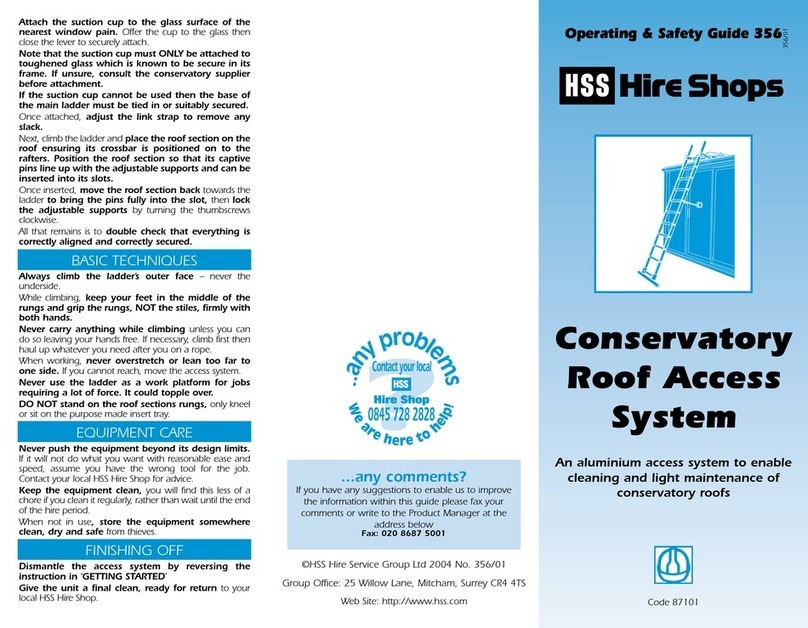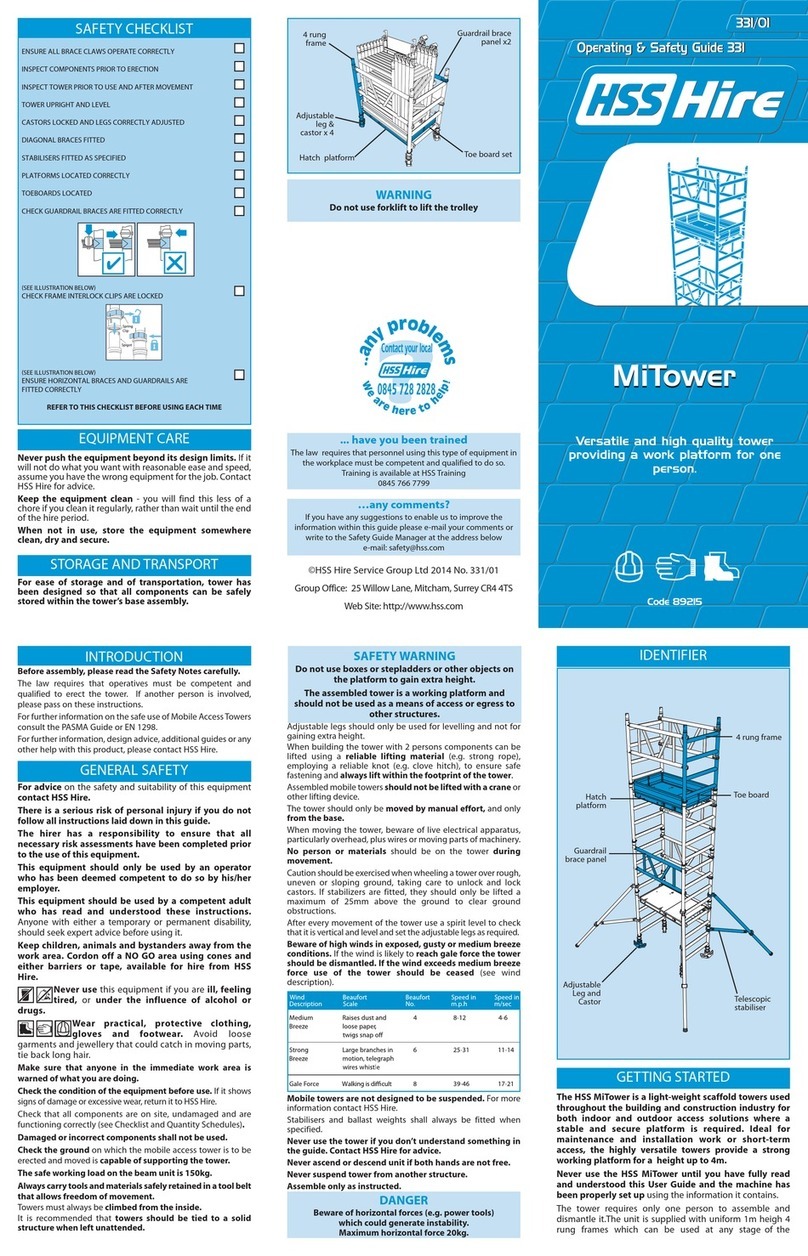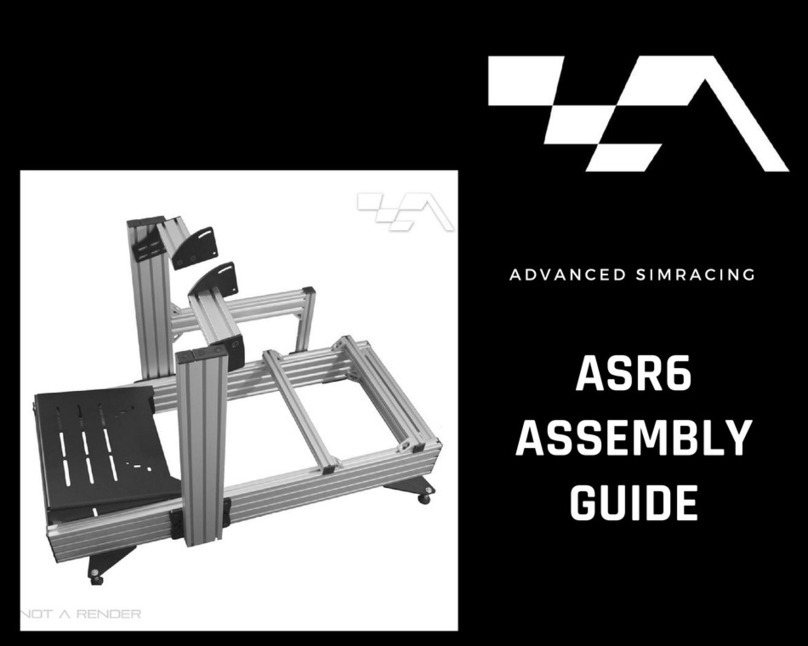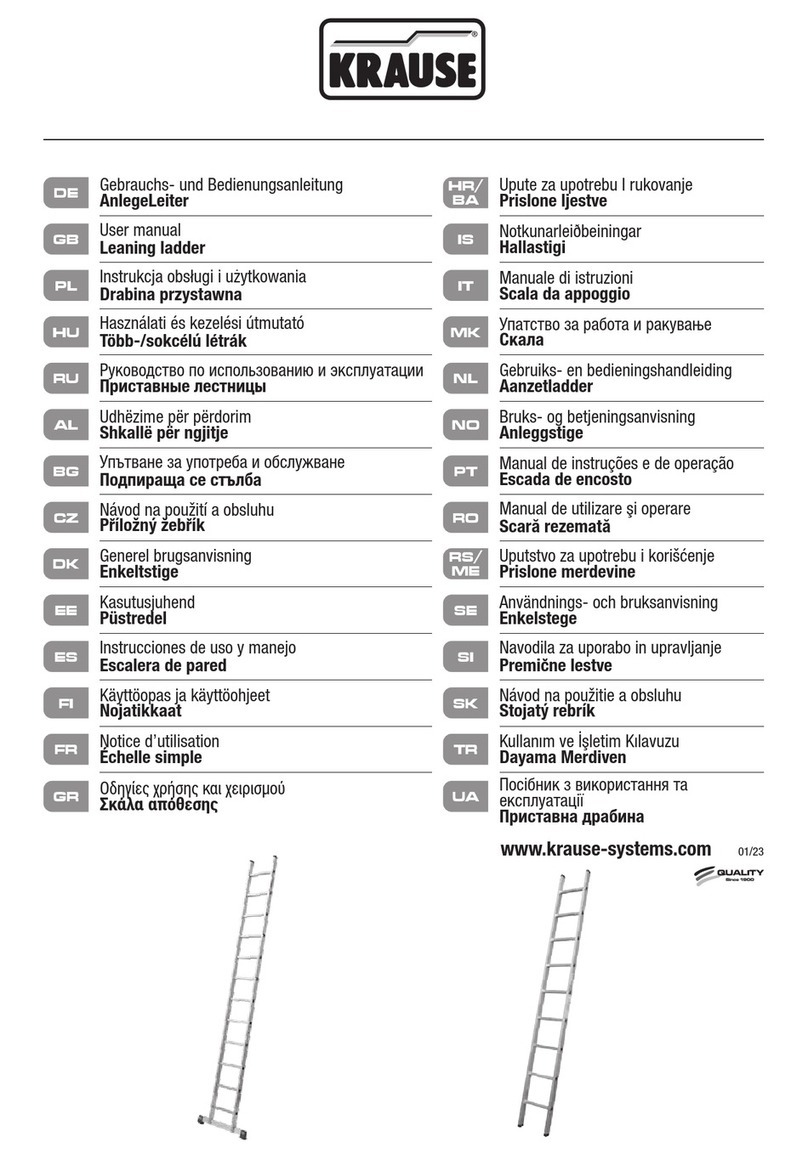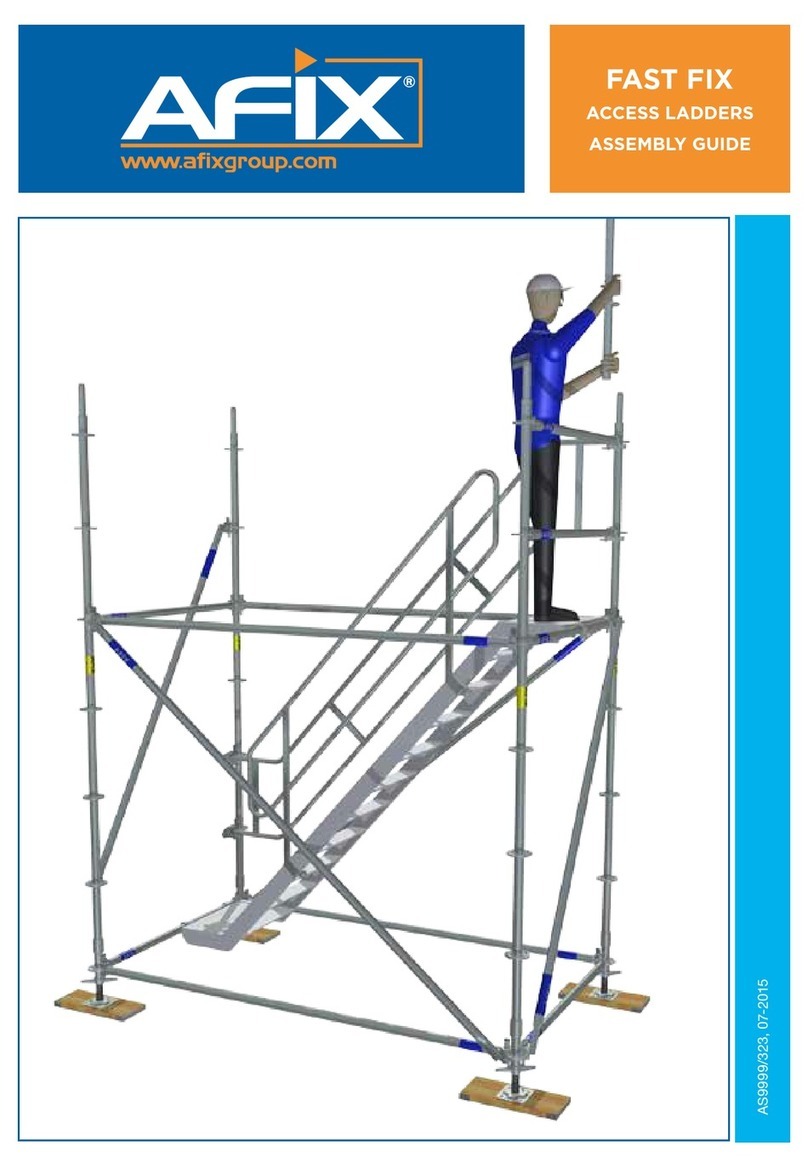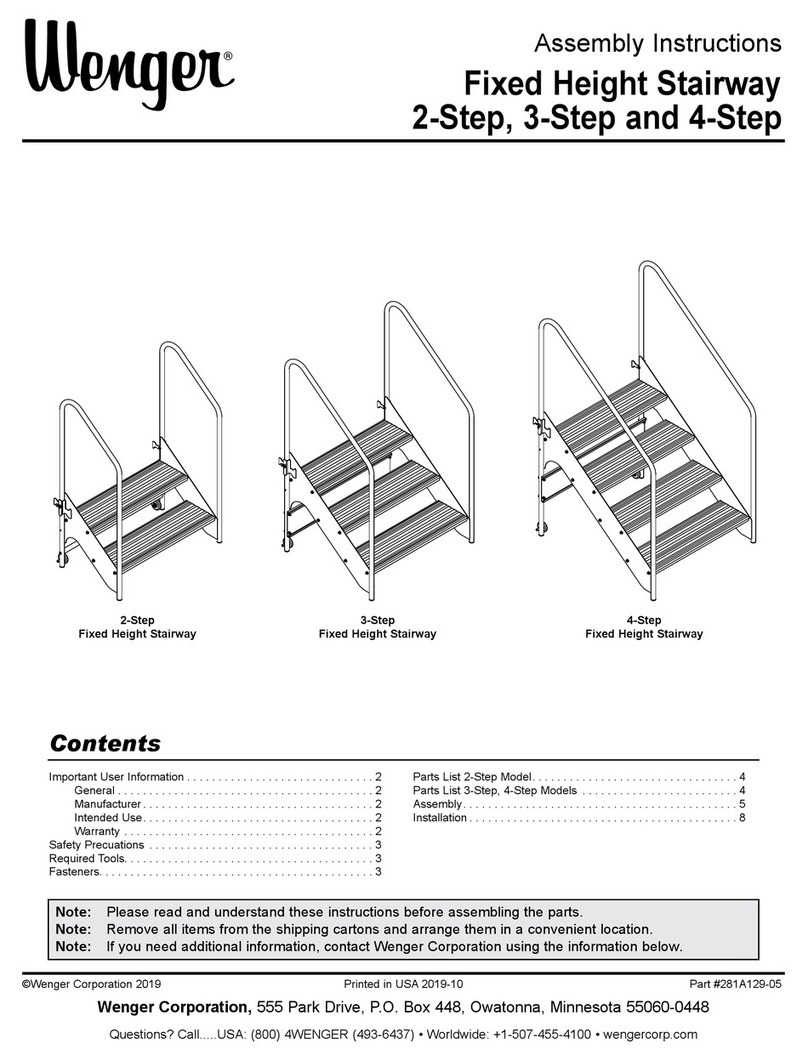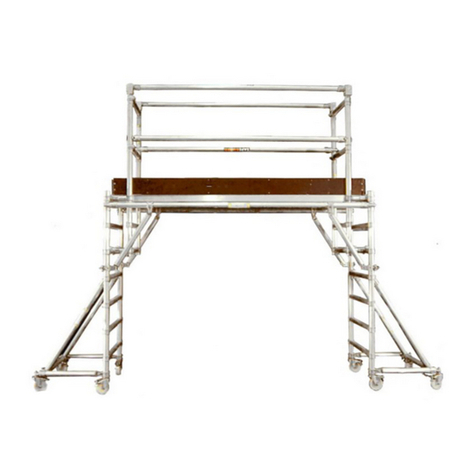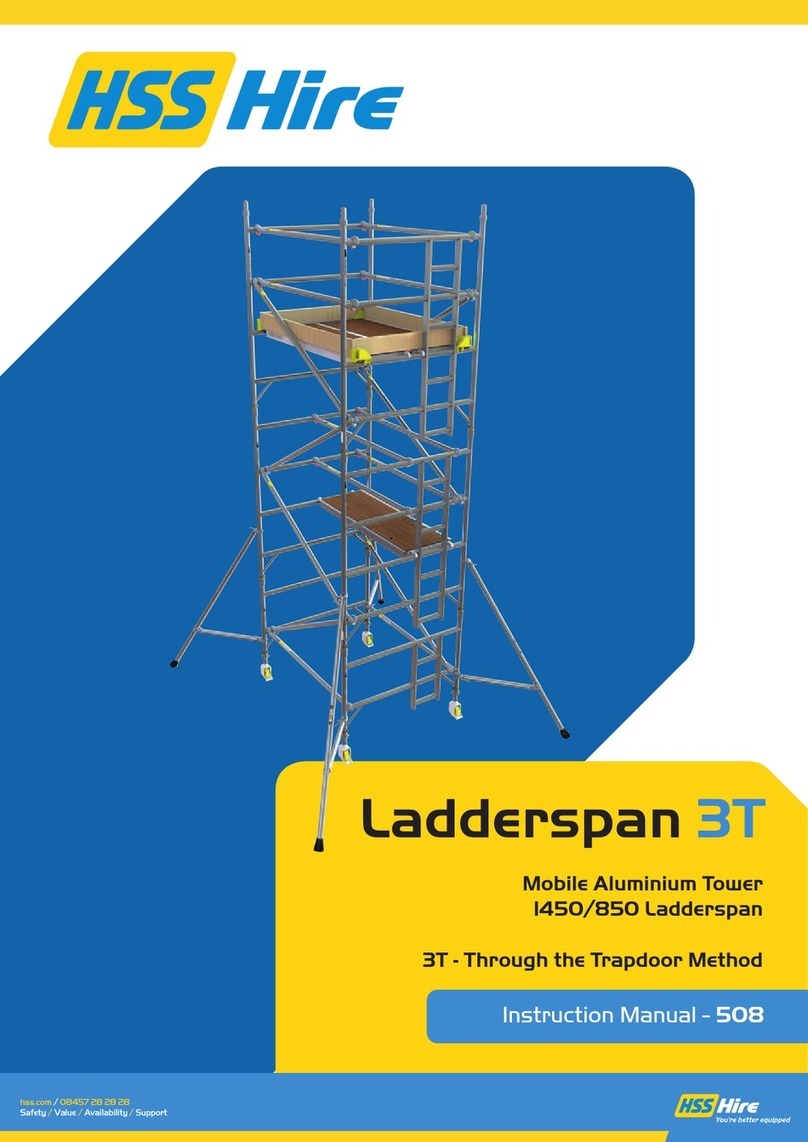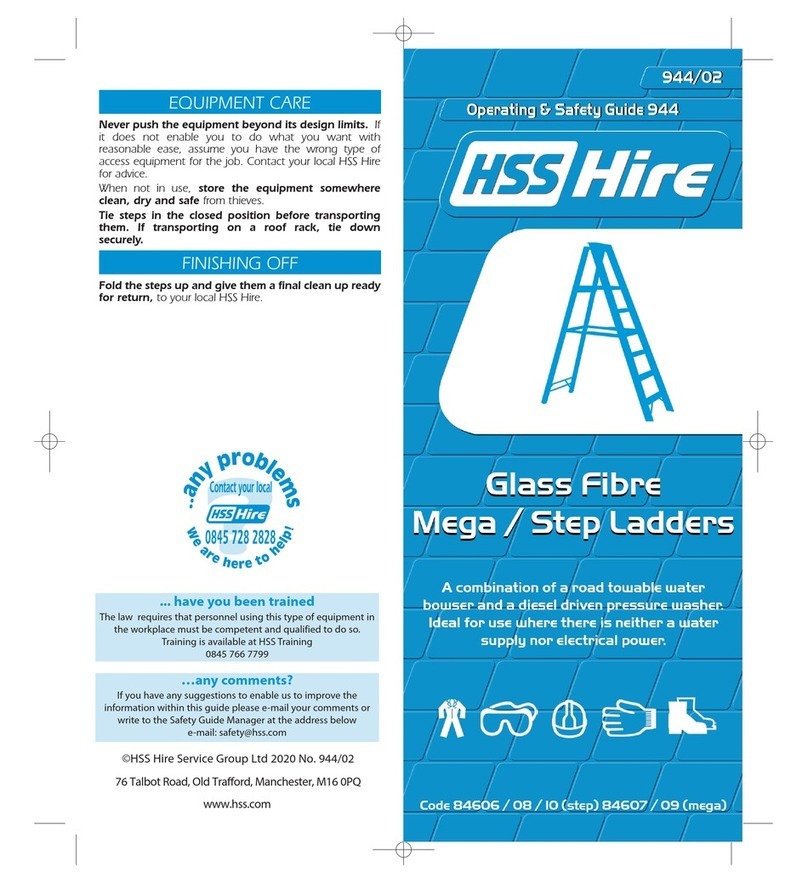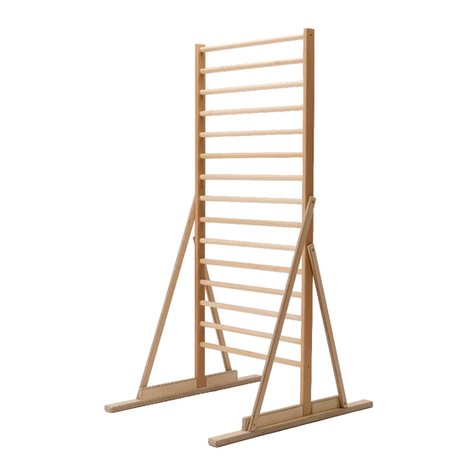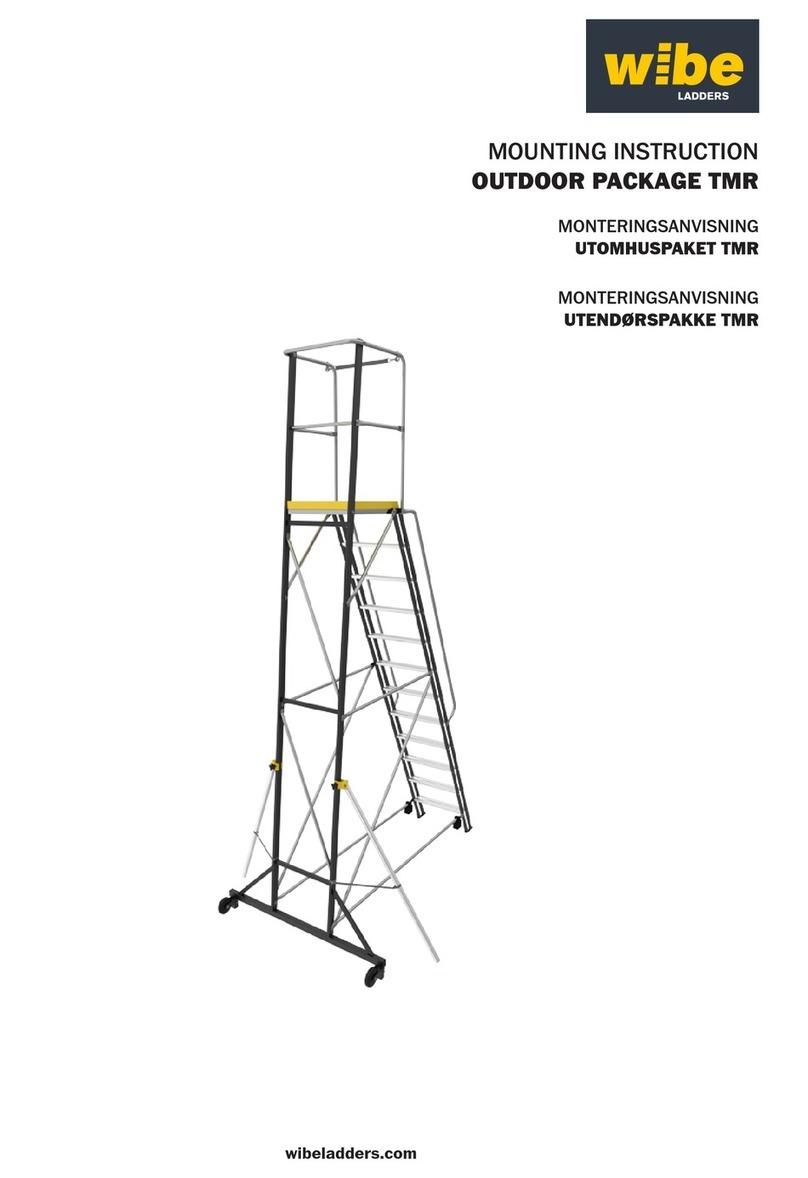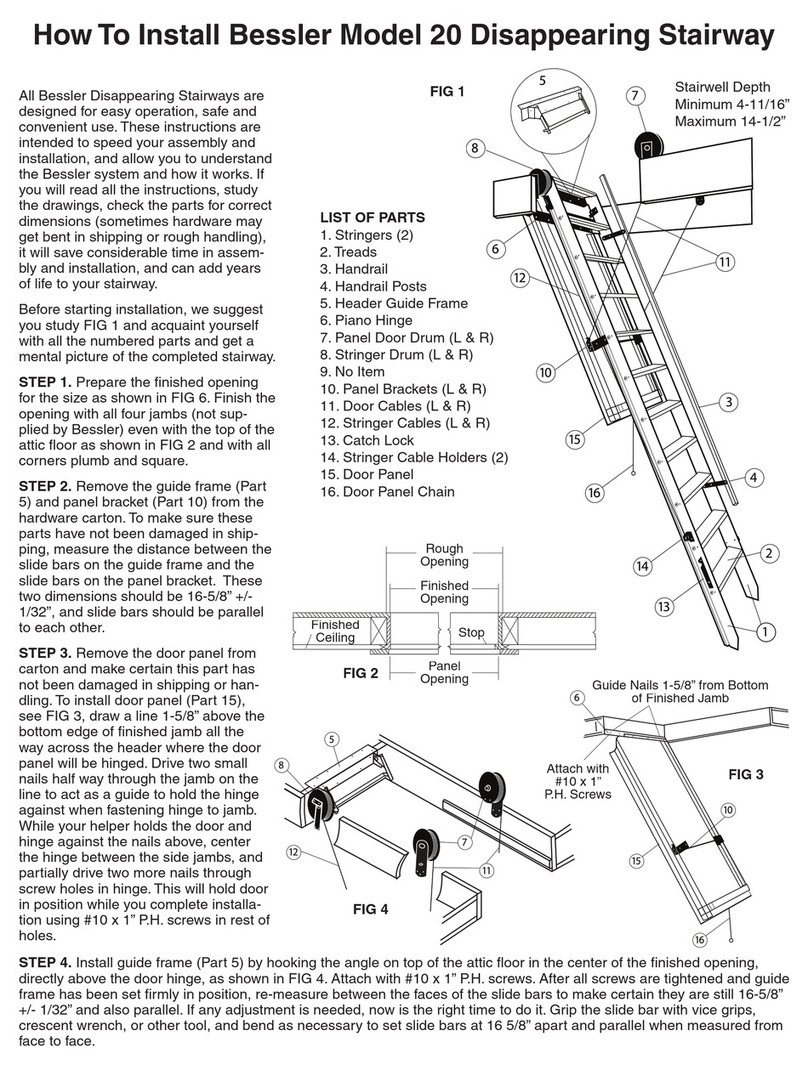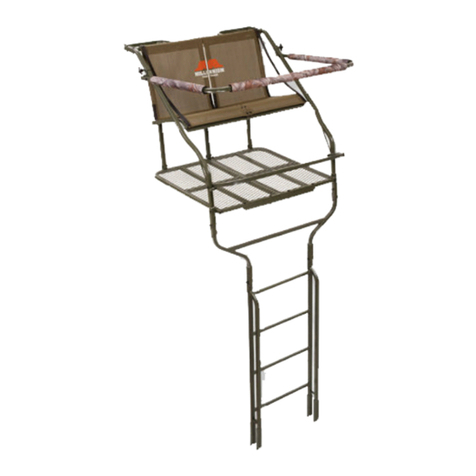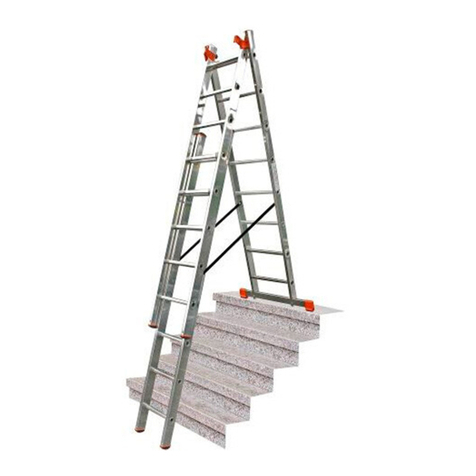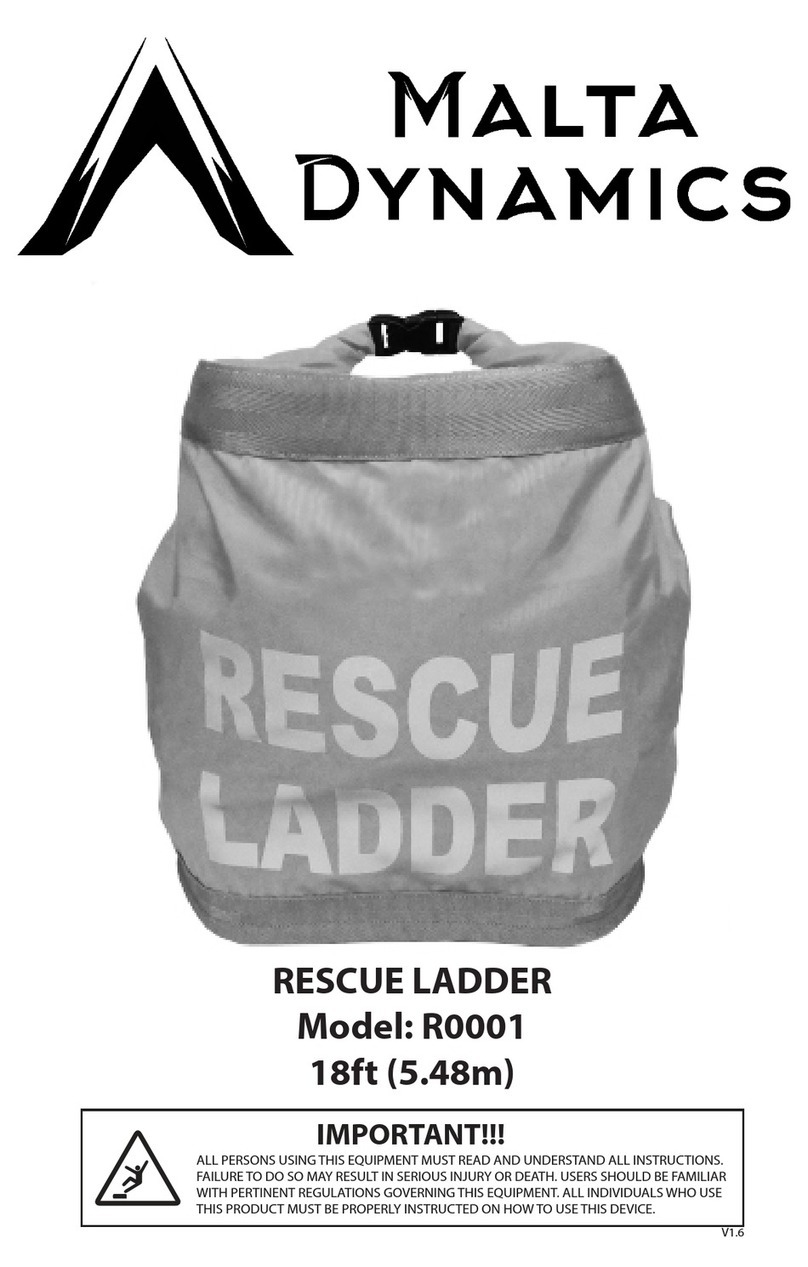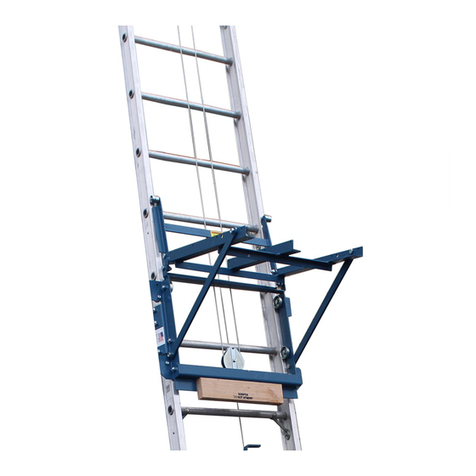For advice on the safety and suitability of this equipment
contact your local HSS Hire Shop.
There is a serious risk of personal injury if you do
not follow all instructions laid down in this guide.
The hirer has a responsibility to ensure that all
necessary risk assessments have been completed
prior to the use of this equipment.
This equipment should only be used by an operator
who has been deemed competent to do so by
his/her employer.
This equipment should be used by an able bodied,
competent adult who has read and understood these
instructions. Anyone with either a temporary or permanent
disability, should seek expert advice before using it.
Keep children, animals and bystanders away from
the work area. Cordon off a NO GO area using
cones and either barriers or tape, available for hire
from your local HSS Hire Shop.
Never use this equipment if you are ill,
feeling tired, or under the influence of
alcohol or drugs.
Safety goggles MUST be worn by everyone in
the work area.
Wear practical, protective clothing,
gloves, footwear and a hard hat.
Avoid loose garments and jewellery that could get in the
way, tie back long hair.
Never let more than one person onto the ladder at
any time.
Don’t attempt to use the ladder unless you feel
comfortable working at heights.
Never carry tools or materials while climbing unless
you can do so leaving your hands free, by carrying the
equipment in a shoulder bag. Climb first then haul the
equipment up after you on a rope.
Never use the ladder near over-head or wall
mounted power cables and similar hazards.
Never use the ladder in very windy or blustery
conditions.
Check the equipment’s condition before use. If it
show signs of damage or excessive wear, return it to your
local HSS Hire Shop immediately.
Note that this type of equipment is designed to
provide access for light maintenance work.
Ideally, fit the ladder stand off to the third rung
down from the top of the ladder. It is possible to fit
the ladder stand off to any of the top 4 rungs this allows
you to alter the distance the ladder is held from the wall.
Loosen the securing thumbscrew by turning anti-
clockwise and slide the hook over the third rung.
GETTING STARTED
GENERAL SAFETY
Make sure the stand off is correctly positioned
against the ladder uprights.
Secure in place by turning the securing
thumbscrew clockwise (see illustration).
When correctly fitted, the stand off should be
immovable.
Always set up the ladder on a firm, level, non-slip
surface. On soft ground, stand the equipment on boards
or preferably a ladder safety foot, to stop it sinking in,
available for hire from your local HSS Hire Shop.
Ensure ladders are set at the correct angle. The gap
between the foot of the ladder and the wall should
equal one quarter of the vertical height the ladder
is to reach (plus the length of the ladder stay being used).
The ladder's maximum safe working load, (the total
weight of the user and tools) must not be exceeded.
Never stand on the top 4 rungs, either use a taller
set or use an access tower.
It is extremely important that the feet of the ladder
stand off are not dragged across the walls surface
when setting up or altering the position of the
ladder. Always move the stand off clear of the wall
before manoeuvring and always extend the ladder
to the required length before erecting.
When moving to a new site, carry the ladders
with care.
If using a ladder to gain access, always extend it at
least 1m above the height at which you step off.
Never rest a ladder against anything that might
not bear the load –windows, guttering etc.
For maximum safety, rope the top of the ladder to
the structure you are scaling and the bottom to
stakes driven into the ground or use a ladder
safety foot.
If using the ladder with a roof ladder, rope the
two together.
BASIC TECHNIQUES
